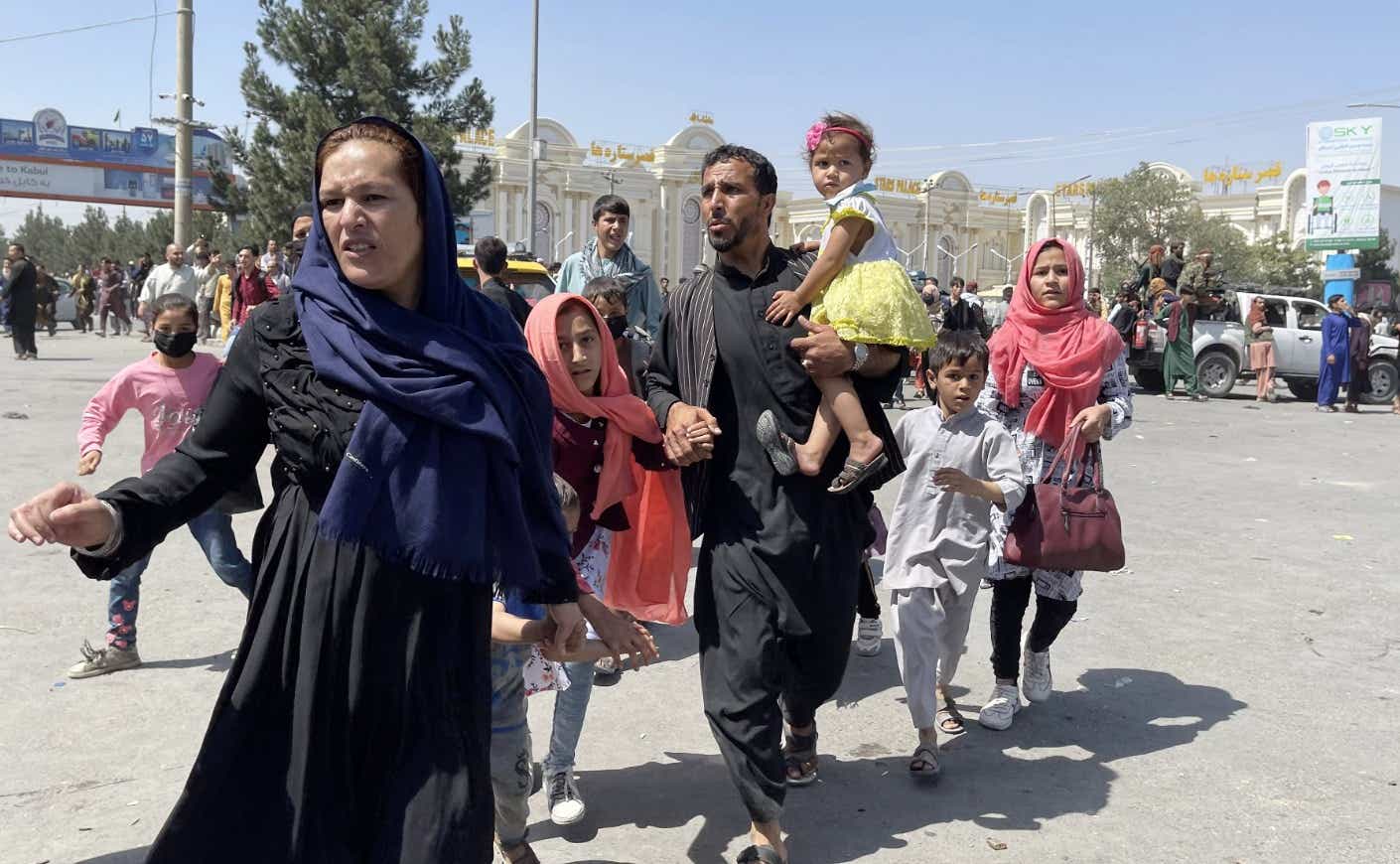After being pushed out 20 years ago by U.S. forces, the Taliban have effectively regained control of Afghanistan, with leaders marching into the capital promising to declare a new “Islamic Emirate of Afghanistan.”
As many American citizens and Afghans flee for their lives, the chaotic situation has turned into a crisis for President Biden, who is facing mounting criticism for the Afghan government’s rapid collapse. Retired General David Petraeus, who led U.S. forces in Afghanistan under the Obama administration, called the situation "heartbreaking" in an upcoming interview with KCM.
But the president has continued to stand by his decision to fully withdraw U.S. forces by his August 31 deadline to end America’s longest war that has spanned four administrations and resulted in the death of more than 6,000 American soldiers.
"I know my decision will be criticized," Biden said during his address to the nation. "But I would rather take all that criticism than pass this decision on to another president of the United States, yet another one, a fifth one."
Here is a look at what each president has done.
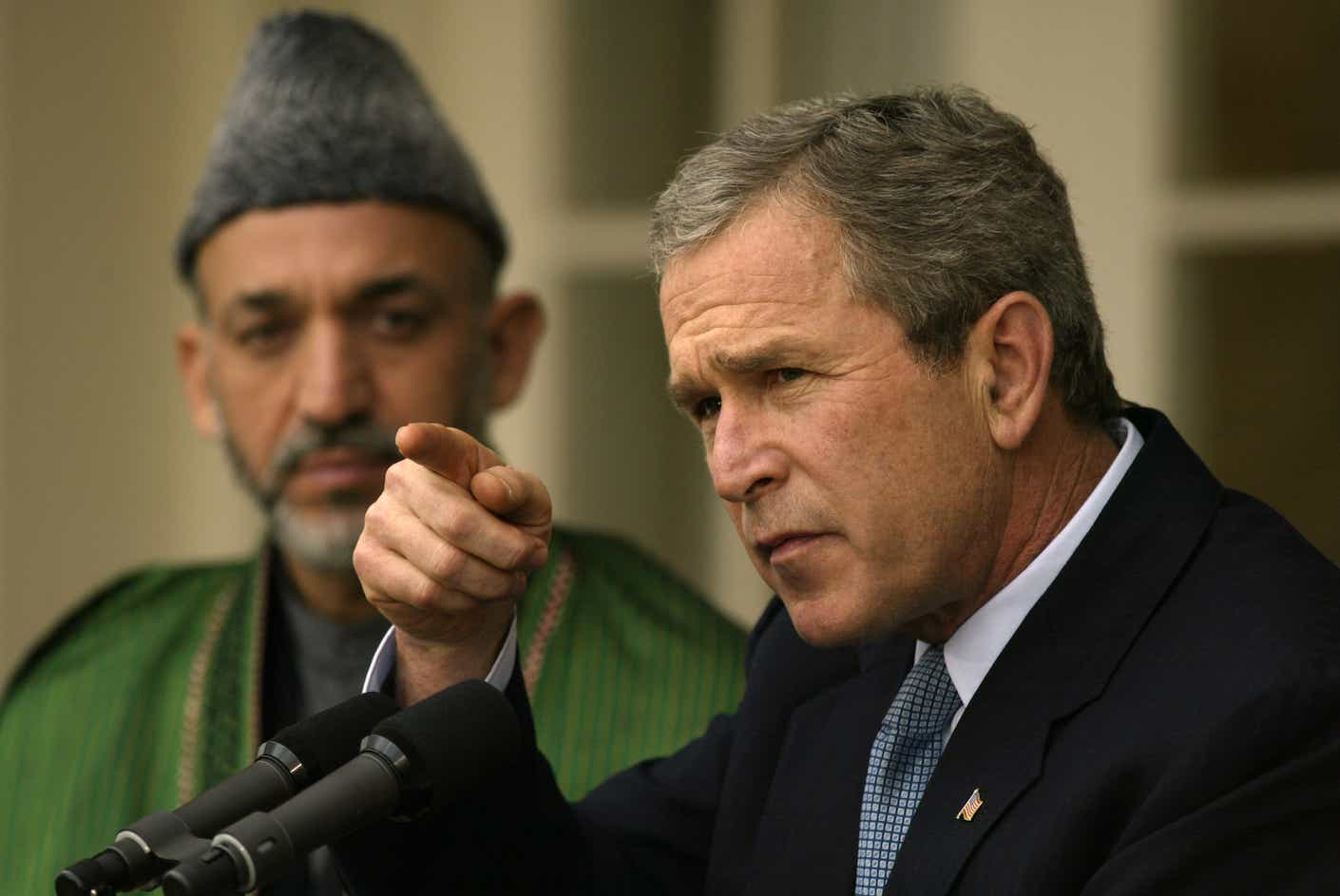
Why did President Bush invade Afghanistan?
President Bush first ordered the U.S. invasion of Afghanistan shortly after the September 11, 2001, terror attacks on the World Trade Centers in New York and the Pentagon just outside of Washington, D.C. The attacks had been planned, trained, and directed from an Islamist extremist group known as al Qaeda from within the country, where they had a sanctuary.
In what marked a coordinated effort with Britain, Bush launched “Operation Enduring Freedom,” an airstrike campaign against Taliban and al Qaeda forces in Afghanistan. The Afghan Taliban are notorious for having a long-established alliance with Al Qaeda, despite having pledged last year to cut ties with terrorist groups.
Bush would later largely abandon Afghanistan and instead turn his attention to Iraq. In 2003, he directed U.S. troops to invade the country following intelligence that the country and its dictator, Saddam Hussein, possessed or were developing weapons of mass destruction. After being sentenced to death by hanging for war crimes and crimes against humanity, Hussein was executed in Baghdad in 2006.
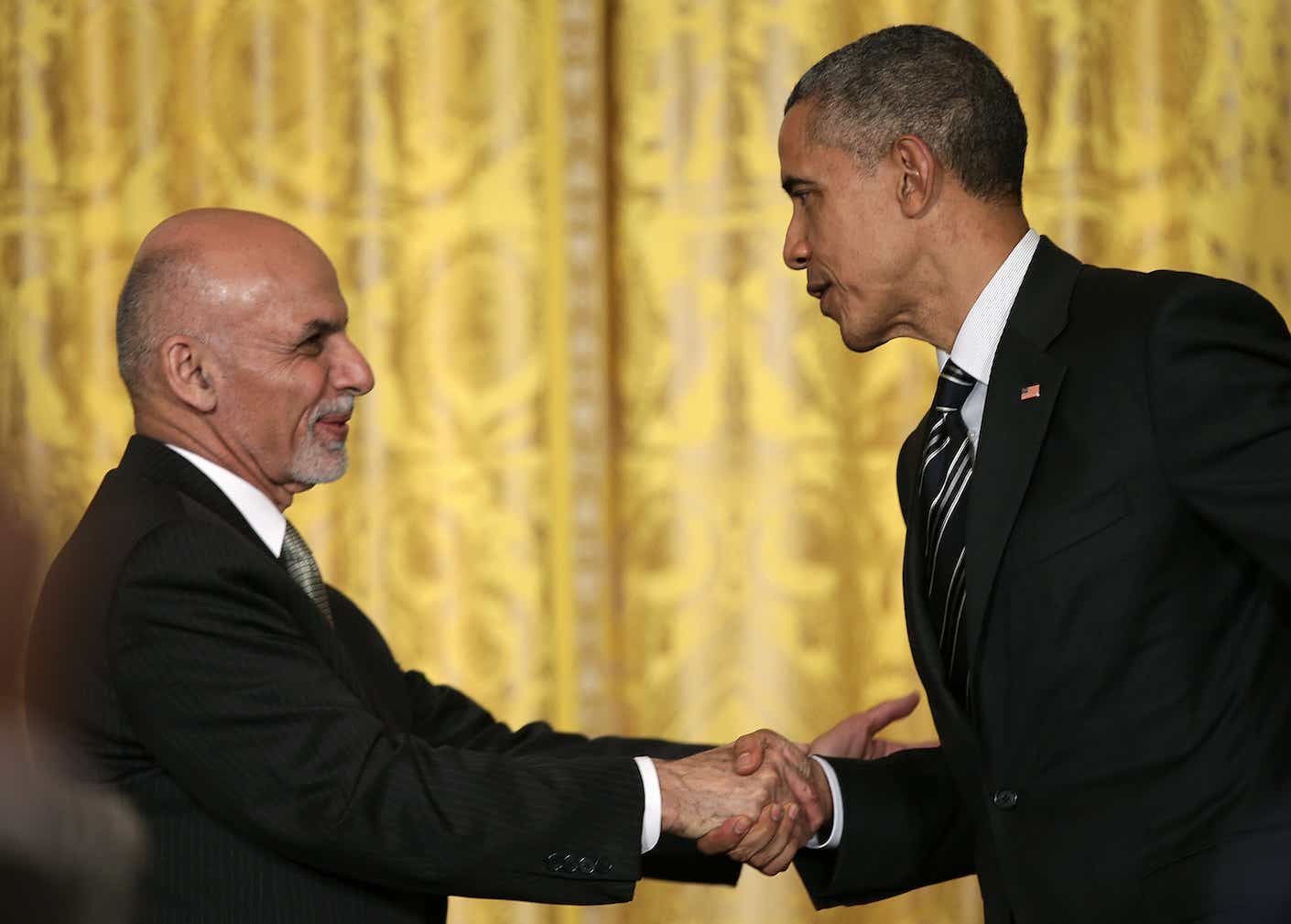
Why did President Obama recommit U.S. forces to Afghanistan?
President Obama ended up recommitting U.S. forces to Afghanistan to combat the "resurgent" Taliban in 2009. As part of a new strategy, the then-president sent in an additional 30,000 troops to the country, and two years later, announced that special forces had successfully killed the founder of al-Qaeda, Osama bin Laden.
But from the beginning of his presidency, Obama felt pressure from the Pentagon not to completely pull out of the country. In an Oval Office address in 2011, Obama announced a withdrawal of U.S. troops from Afghanistan and a hand-over of power to Afghani security by 2014, but when the time came, he ordered for around 10,800 U.S. troops to stay behind.
"The reason we stayed was to ensure that Al-Qaeda could not reestablish that sanctuary — something they tried to do on my watch, and on subsequent watches in which we repeatedly destroyed when we detected them," Petraeus told us.
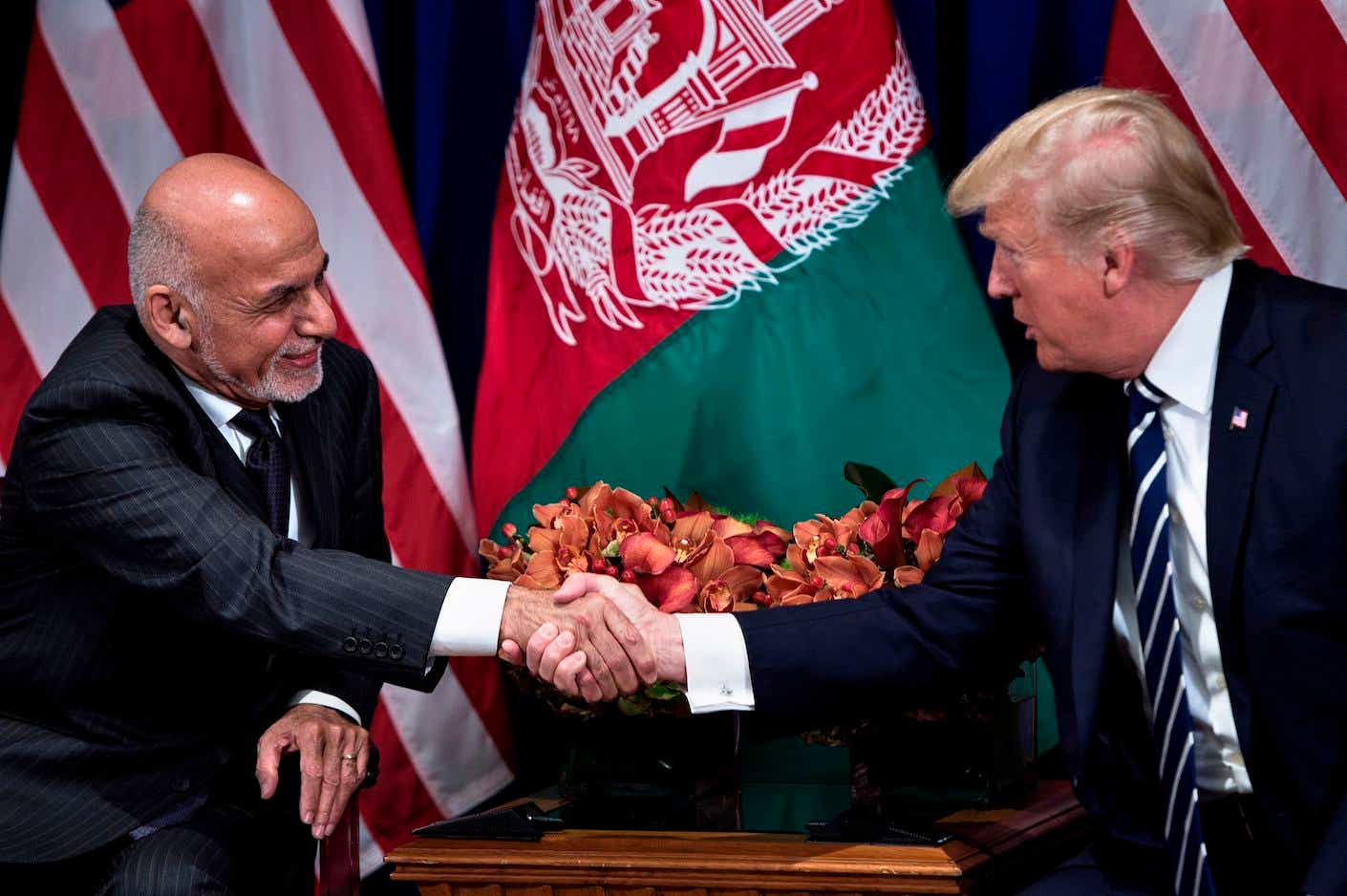
Why didn't Donald Trump withdraw troops from Afghanistan?
President Trump, who spent years advocating for an end to “endless wars,” laid the foundation for the withdrawal by making a deal with the Taliban. He originally negotiated to fully withdraw U.S. troops from Afghanistan by May 1, and there was even talk for a while of inviting the militant group to Camp David last year around the anniversary of 9/11. But Trump abruptly canceled the meeting, and declared that peace talks were "dead."
Trump is now criticizing the way Biden withdrew the forces, going so far as to call on him “to resign in disgrace.” Trump’s position as his party’s kingmaker puts GOP hawks in a difficult spot, politically. But that hasn't stopped the former president from attempting to fundraise off the issue, insisting the U.S. withdrawal would have been more orderly if he were still in office.
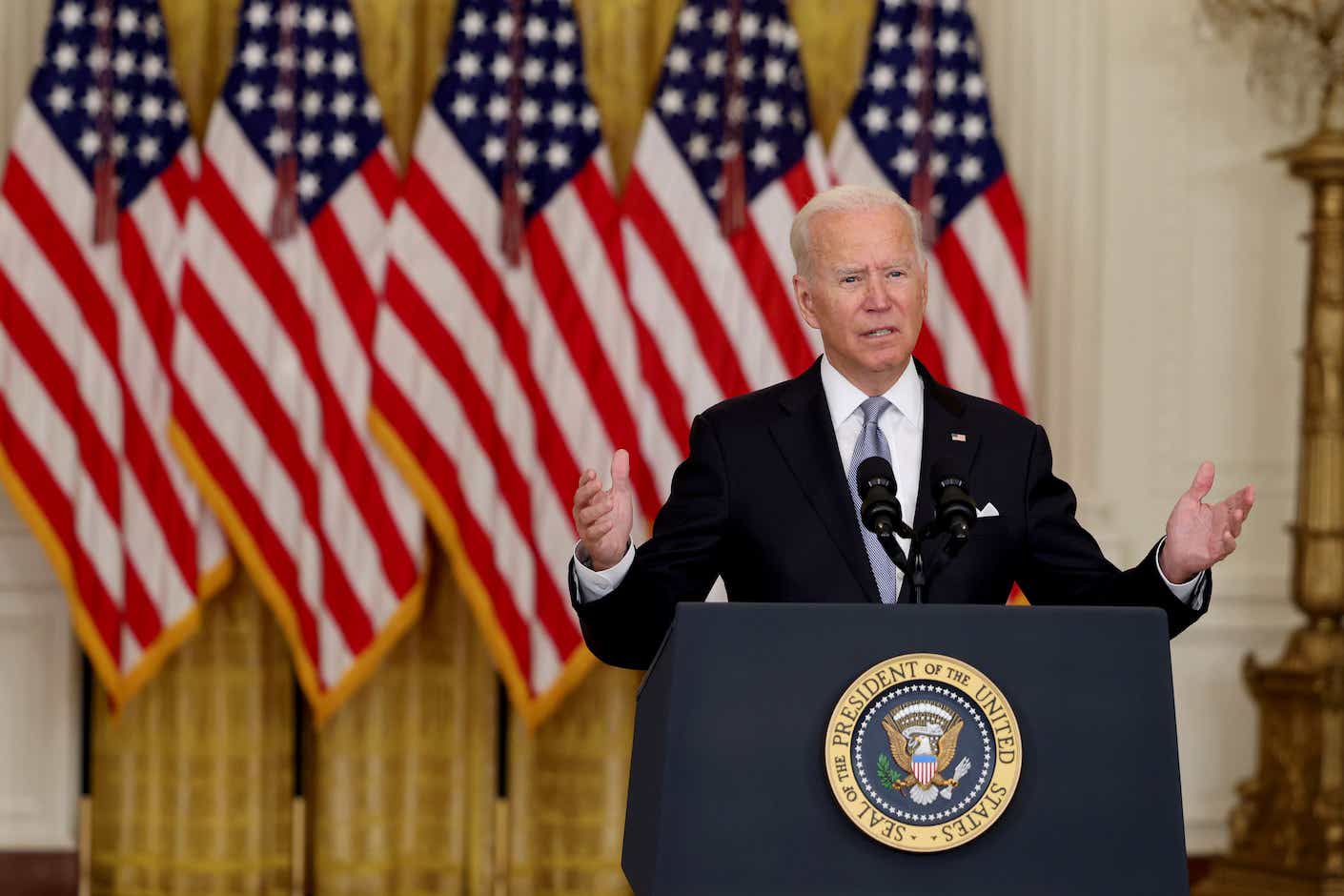
Why did President Biden withdraw troops from Afghanistan?
President Biden has long been skeptical of the continued presence of U.S. troops in Afghanistan. During his time as vice president during the Obama administration, he argued for a significant drawdown and a smaller footprint there.
Upon taking office in January 2021, Biden spent his first weeks in office unraveling his predecessor’s agenda — and in April, he announced plans to follow through with Trump’s withdrawal of U.S. forces from Afghanistan. But the president later moved the end date back to Sept. 11 before shifting it to Aug. 31 due to logistical considerations.
But as the withdrawal neared its conclusion, the situation didn’t go as planned after the Taliban seized control of Afghanistan in just over a week. Instead of an “orderly” withdrawal as Biden had promised, the U.S. has scrambled to get its own diplomatic personnel out of the capital city of Kabul, as well as evacuate thousands of Afghan civilians who aided American troops. Biden acknowledged that the collapse came sooner than expected, but blamed the rapid takeover on the Afghan government and its U.S.-backed national security forces.
“If anything, the developments of the past week reinforce that ending U.S. military involvement in Afghanistan now was the right decision,” Biden said. “American troops cannot and should not be fighting in a war and dying in a war that Afghan forces are not willing to fight for themselves.”
All eyes are now on evacuation efforts as U.S. forces try to get all allied Afghans and Americans out safely in the coming days. A stunning image obtained by news site Defense One showed more than 600 people packed inside a U.S. Air Force cargo plane that left Kabul on Sunday but many more refugees remain.







